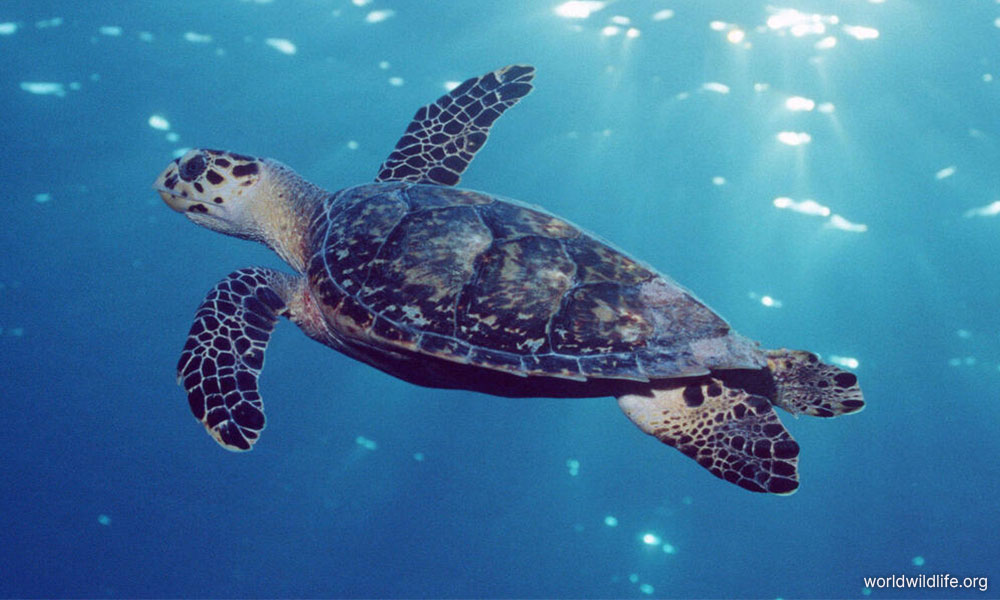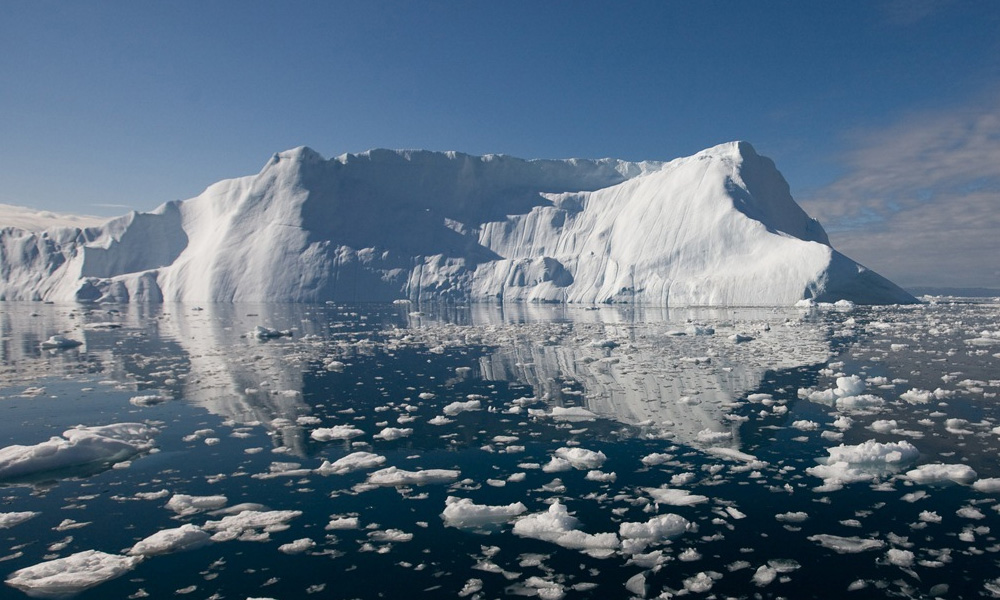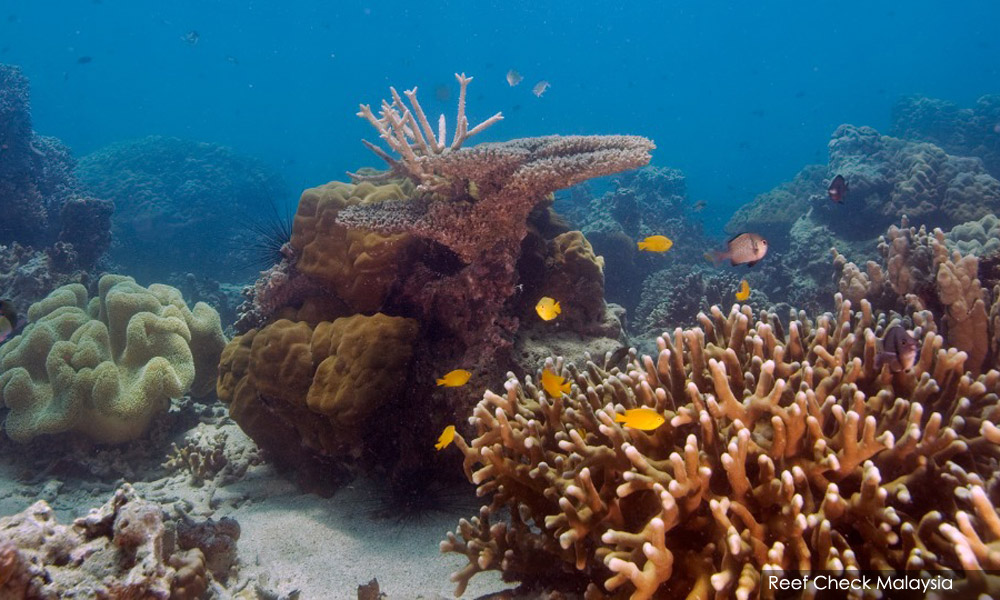Carbon does not only exist in “green” as most people think. We call it “green” as carbon because it is mainly sequestered and stored in land ecosystems.
When terrestrial trees perform photosynthesis, they draw carbon dioxide from the atmosphere and store carbon as biomass in branches, trunks and roots.
Carbon is then released and stored within the soil when trees die or decay.
But do you know that other carbon colours also play an important role in fighting climate change?
One lesser-known carbon is “blue carbon”, which is stored specifically in coastal and marine ecosystems. Originally, the focus has been on rooted vegetation in coastal areas such as wetlands and seagrasses.
There have been debates on whether blue carbon also covers other coastal and non-coastal ecosystems including the open ocean and seaweed.
Even though terrestrial forests are good at capturing carbon, the carbon stored is bound to the lifetime of the trees before it is released back into the atmosphere.
Moreover, living trees can only suck up so much carbon before they become saturated at maturity.
Coastal ocean ecosystems, on the other hand, can store more carbon for a longer period, even up to thousands of years, as compared to terrestrial ecosystems.
For wetlands like mangroves, carbon is often stored below ground as sediments due to the low rate of decomposition in the water-logged, oxygen-deprived environment.

Besides accumulating carbon in their habitat, coastal ecosystems like seagrasses also export a substantial quantity of carbon towards the outer ocean. A significant portion of this carbon can be stored permanently in the nearby continental shelves and the deep oceans under suitable conditions.
Because of this, blue carbon is less susceptible to conversion to atmospheric carbon dioxide (CO2) and remains sequestered for a long time if undisturbed.
That’s only the “good carbon”, now let’s introduce the “bad carbon” i.e. black and brown that need to be reduced from the Earth!
‘Bad carbon’
The first “villain” is black carbon which comes from incomplete combustion of biomass and fossil fuels. According to the European Union Action, black carbon affects the Earth’s temperature by absorbing solar energy and releasing it as heat.
When it falls out of the atmosphere onto ice or snow, black carbon warms the surface and dramatically accelerates the rate of melting.

Black carbon emissions that take place close to or within the Arctic region itself have a disproportionately larger influence on Arctic warming due to their effect when deposited on snow and ice.
This explains why the Arctic is warming over twice as fast as the rest of the world!
Meanwhile, brown carbon is emitted mainly from fuel combustion and open vegetation burning.
According to the US Department of Energy’s Argonne National Laboratory, brown carbon contributes about one-fourth as much of a warming effect as black carbon, despite not typically being seen as the main driver of climate change.
Till today, scientists have yet to fully understand the sources, formation, chemical composition and absorption properties of brown carbon. Hence, brown carbon is currently ignored in most climate simulations.
There are newcomers in the carbon spectrum, but I will not deliberate one by one until more studies are done to explain the differences between one another.
What is important now is that we reduce our environmental impact to avoid opening another “Pandora’s Box” of environmental disasters while following the golden rule: Stop, Think, Act in combating climate change.
Given the resilience of blue carbon ecosystems in carbon storage, policies and coastal management strategies should be developed to protect these ecosystems against activities such as aquaculture, harmful fishing practices and pollution.

At the same time, we should continue with our ongoing efforts in conserving existing forest areas and limiting deforestation at nearly record-low levels. By doing so, the stored and sequestered carbon in all natural forests can be protected as well.
Ultimately, we cannot be colour-blind if we want to solve climate change. Not all carbon colours are the same. Keep the good carbon i.e. green and blue as much as possible, but also remember to cut back on the bad carbon i.e. black and brown from the atmosphere! - Mkini
CHONG YEN MEE is a climate change analyst by training, who enjoys writing doomsday stories that make people act.
The views expressed here are those of the author/contributor and do not necessarily represent the views of MMKtT.

No comments:
Post a Comment
Note: Only a member of this blog may post a comment.